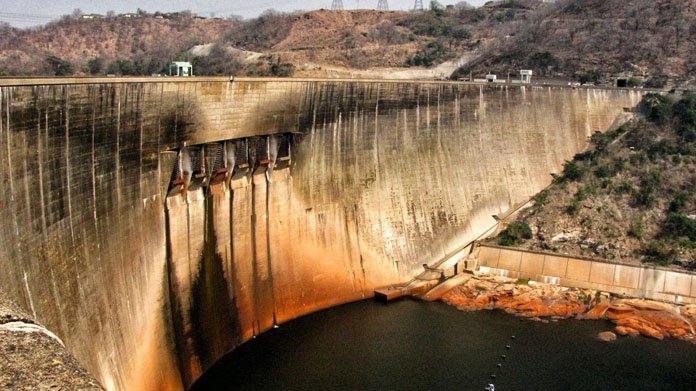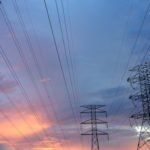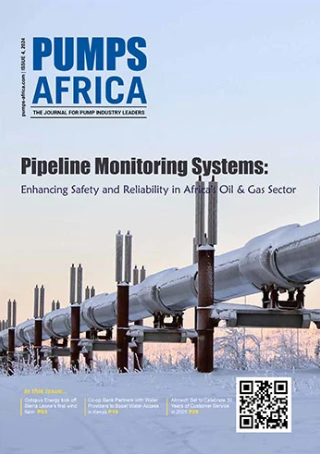Kariba Dam, located on the Zambezi River between Zambia and Zimbabwe, is one of the largest man-made reservoirs in the world. The dam was constructed in the 1950s to generate hydroelectric power for the two countries and to provide irrigation water for agriculture. However, in recent years, the water level of Kariba Dam has become a cause for concern due to climate change and other factors.
The water level of Kariba Dam is vital to both Zambia and Zimbabwe as it provides them with a significant portion of their electricity. The dam has a capacity of 185 billion cubic meters of water and generates up to 1,626 MW of electricity, which is shared equally between the two countries. The electricity generated from the dam is crucial to power industries, homes, and essential services in both countries.
However, in recent years, the water level of Kariba Dam has been decreasing at an alarming rate. The primary cause of the declining water level is climate change, which has caused a reduction in rainfall in the region, leading to a decrease in the water inflow into the dam. According to the Zambezi River Authority (ZRA), the water level of Kariba Dam has dropped to 20% of its capacity as of February 2023, which is the lowest level in the past 30 years.
The reduction in water levels has resulted in a significant drop in hydroelectric power generation, which has led to power shortages in both Zambia and Zimbabwe. This situation has negatively impacted the economies of both countries, with businesses and households facing regular blackouts and power rationing.
In addition to climate change, human activities such as deforestation, farming, and mining have contributed to the declining water level of Kariba Dam. The increasing population in the region has also put pressure on the water resources, leading to a reduction in the water inflow into the dam.
To address the problem, the governments of Zambia and Zimbabwe, in collaboration with the ZRA, have implemented several measures to mitigate the impact of the declining water level. These measures include reducing the use of electricity, promoting the use of renewable energy sources, such as solar and wind power, and encouraging water conservation practices.
The governments of Zambia and Zimbabwe have also appealed to the international community for assistance to help fund projects that will address the water level issue. These projects include the construction of new dams and the rehabilitation of existing ones, the implementation of efficient irrigation methods, and the development of alternative sources of energy.
In conclusion, the declining water level of Kariba Dam is a cause for concern for both Zambia and Zimbabwe, as it has resulted in power shortages and negatively impacted their economies. Addressing the issue requires a concerted effort from all stakeholders, including the governments, the ZRA, and the international community. By implementing the necessary measures, such as promoting renewable energy sources and efficient water conservation practices, the water level of Kariba Dam can be restored, ensuring a sustainable future for both countries.







